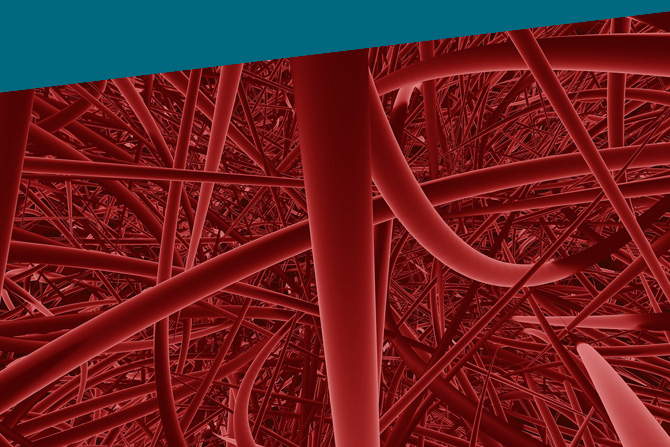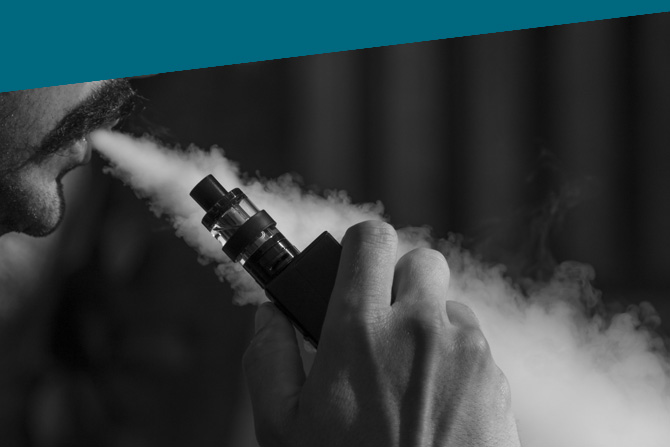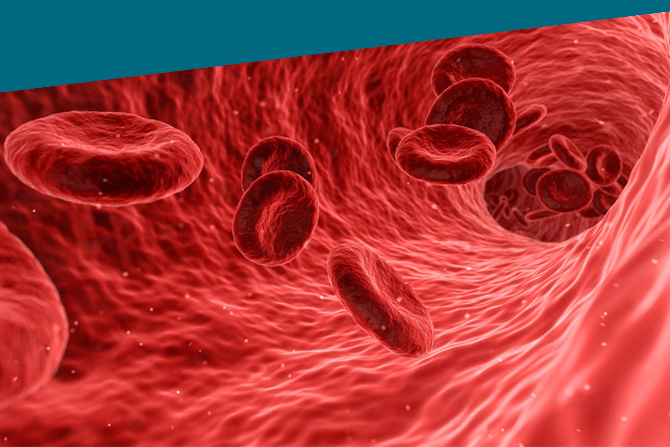Migraine Triggers and Ways to Avoid Them
January 20, 2021

Headaches come in three basic categories: tension, cluster and migraine. Today, we’ll take a look at migraines.
What Is a Migraine Headache?
It’s been reported that some 39 million people in the U.S. suffer from migraine headaches. The condition is about three times more prevalent in women than in men. In addition to severe pain, migraine symptoms can include others such as vomiting, dizziness and nausea as well as increased sensitivity to sound, light, touch and odors.
A migraine headache typically progresses in four stages:
-
Prodrome – Preliminary symptoms, sometimes starting 24-48 hours before the onset of the actual headache. These can include irritability, food cravings, yawning, euphoria, feelings of depression, stiffness in the neck or constipation.
-
Aura – About a quarter of sufferers see visual effects like zigzag lines, bright spots or flashing lights. Other sensations can include a change in speech, muscle weakness, and a tingling sensation or numbness in the lower facial area, lips, tongue or fingers.
-
Headache – The headache itself usually starts soon after the aura phase stops. Pain typically rises gradually in intensity and is often felt on one side of the head. It can begin as steady and dull, then progress to throbbing or pulsating. Duration varies widely from individual to individual and depending on the techniques that might be used to manage it.
-
Postdrome – Waning of symptoms with effects such as dehydration, fatigue, mental fogginess, mood swings and body ache.
There are, of course, ways to treat migraines when they arrive, ranging from medications to visualization techniques. But an even better approach, when possible, is to head off the onset of the condition before it can start.
What Causes Migraines?
Migraine triggers can be physical, emotional or environmental in nature. Here are a few techniques for how to avoid migraine headaches:
Maintain a Healthy Routine
A regular schedule for both eating and sleeping is always beneficial. However, hunger and dehydration can lead to migraines. Try not to skip meals. Too little or too much sleep can be the cause as well. Even changes in your regular routines can be a trigger.
Stress and Relaxation
Anxiety, excitement, tension and shock can all potentially lead to a migraine. Meditation, biofeedback and yoga are healthy ways to relieve stress. In general, regular exercise is an important part of a healthy lifestyle. But, in terms of headaches, it’s best to avoid intense routines such as weight lifting.
Bright Light, Loud Noise
Sources can include movie theaters, clubs and other crowded places, night driving, and sun glare. Take periodic rests from watching TV or working at your computer. And adjust screen brightness to comfortable levels.
Watch What You Eat
Foods to avoid can include cheese, sweeteners, processed meat and chocolate. Red wine and caffeine can be triggers as well. Also, food additives like MSG and nitrates can be a problem. Usually, it’s a good idea to move away from these kinds of triggers gradually. Judicious snacking in between meals can be an effective way to smooth out the presence of various substances in your body.
Nutritional Supplements
In addition to a healthy diet overall, some minerals and herbs may help keep migraines at bay. Lack of magnesium is one example. But research is mixed, so it’s best to consult your doctor.
How’s the Weather
Unfortunately, some very common types of weather seem to trigger headaches, from high humidity and temperature to a rainy day.
Female Hormones
For women, migraines may be more common during their menstrual period as estrogen levels decrease. Contraceptives and hormone replacements can also play a role. You may want to adjust these kinds of medications over time.
Record Your Triggers
You can keep a log of things that trigger migraines for you. In that log, you can include time and severity, weather conditions, food and drink consumption, medications, stress levels and exercise routines.
Should I Consider Medication?
Many people find that lying down in a dark, quite room can help reduce the severity of a migraine. But that may not be enough.
There is a broad selection of medications for treating migraine headaches and associated conditions. Some are broad pain relievers, while others are specifically designed for migraines. These should be prescribed by a physician after a careful evaluation of your situation, since they have different functions and potential side effects.
Pain relievers include aspirin, acetaminophen, ibuprofen and naproxen. These substances are generally appropriate for mild to moderate symptoms. Migraine-specific medications include triptan, lasmiditan, ubrogepant and ergot. Anti-nausea treatments are also available.
In addition, there are medications designed to reduce the risk of migraine recurrence such as steroids, beta blockers, antidepressants and anti-seizure meds. Another approach to migraine treatment, neuromodulation, involves stimulation of the brain and nervous system by electric current or magnetic waves.
Awareness and Management
You can learn how to monitor your experience to help avoid your specific triggers and develop a plan to try to keep migraines under control, or from starting at all. Early prevention can also help you avoid more severe symptoms and conditions.
A distinct change in the pattern of your headaches may be cause for concern. It could indicate the presence of a serious underlying condition.
As you can see, there are a multitude of options available to you. A conversation with your doctor based on your history is a critical step in determining your triggers and how best to manage migraines for you.










